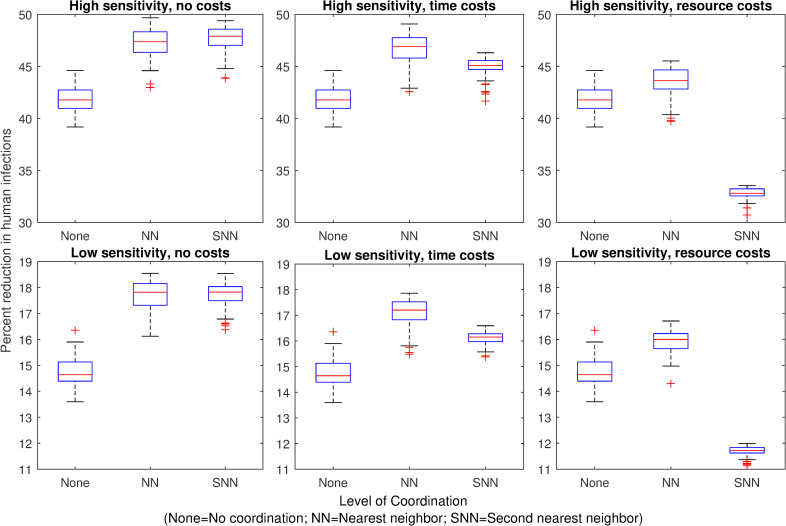Fig 3. Effect of mosquito control on human infections when surveillance is based on mosquito infections.
Panels 1–6 show the percent reduction in total human infections during an outbreak, for each mosquito control scenario, relative to the number of infections that occur when no mosquito control is implemented. Mosquito control occurs when the number of infected mosquitoes in a patch exceeds the control threshold. With no coordination (“None”), control occurs in a single patch only when its own threshold is exceeded. With nearest neighbor coordination (“NN”), control occurs in a patch when any adjacent patch’s threshold is exceeded. With second nearest neighbor coordination (“SNN”), control occurs in a patch when the threshold is exceeded in any patch adjacent to the focal patch’s nearest neighbors. In the high sensitivity scenarios (top panels), the control threshold = 1 infected mosquito; in the low sensitivity scenarios (bottom panels), the control threshold = 5 infected mosquitoes. In the “no costs” scenario (left panels), coordination with neighbors has no additional costs. In the “time costs” scenario (central panels), coordination with first or second neighbors delays treatment for one or two days, respectively. In the “resource costs” scenario (right panels), coordination with neighbors reduces the efficacy of treatment (juveniles are reduced by 90% or 80% instead of 100%).

